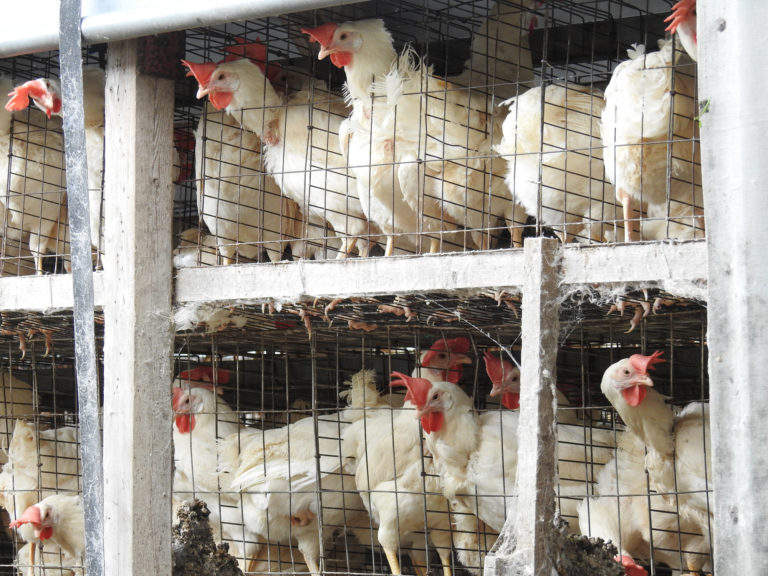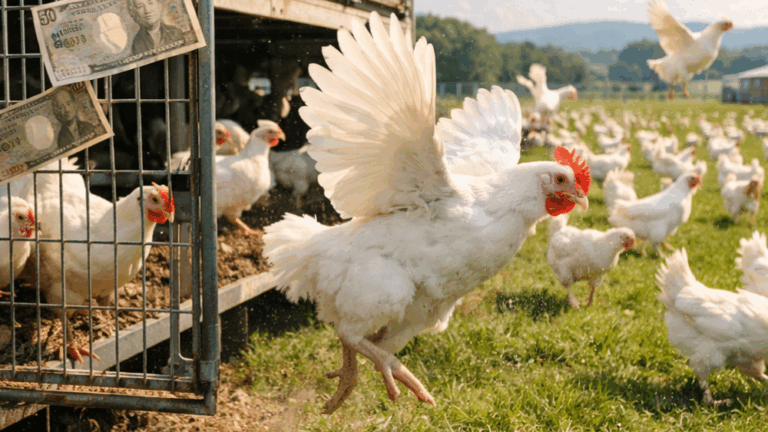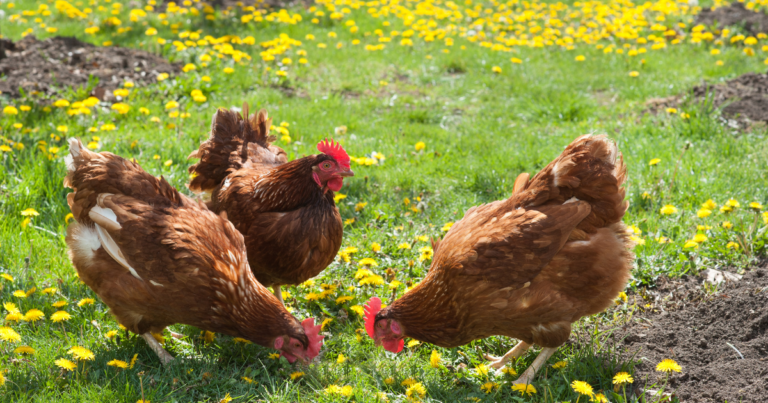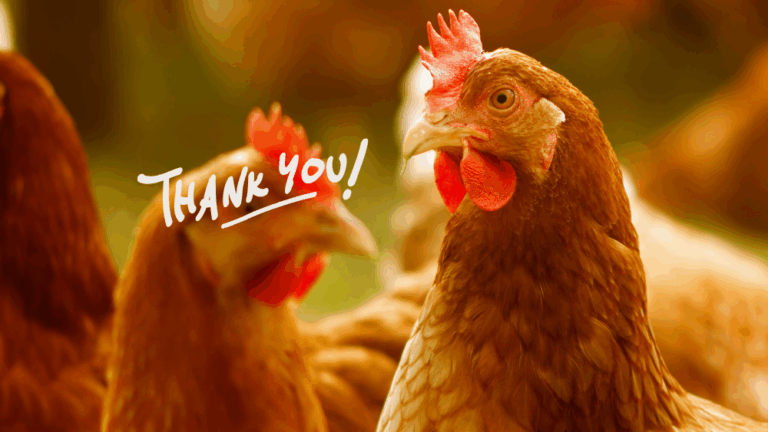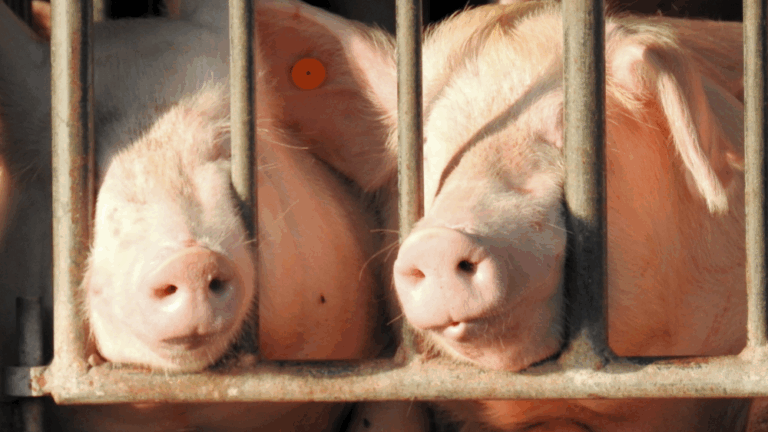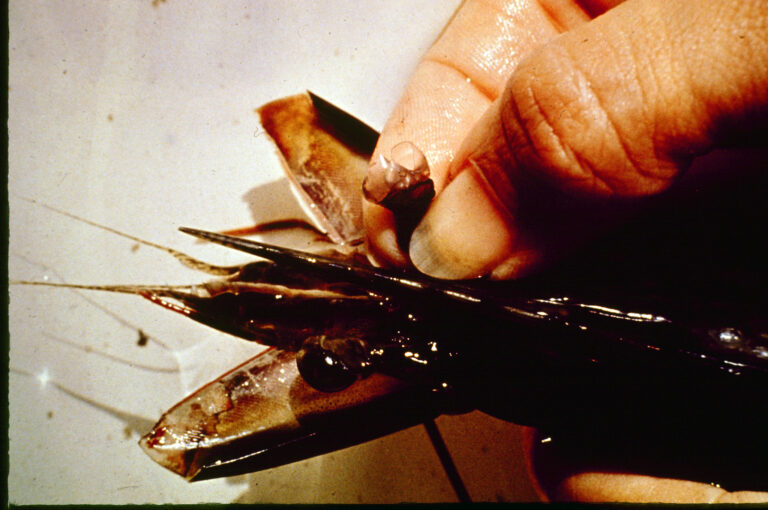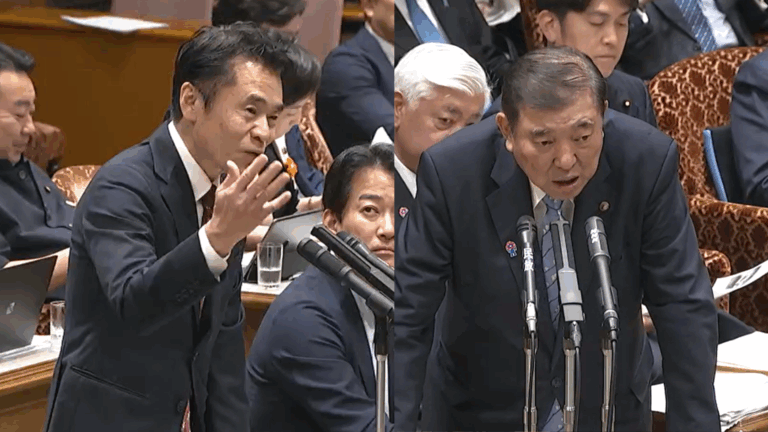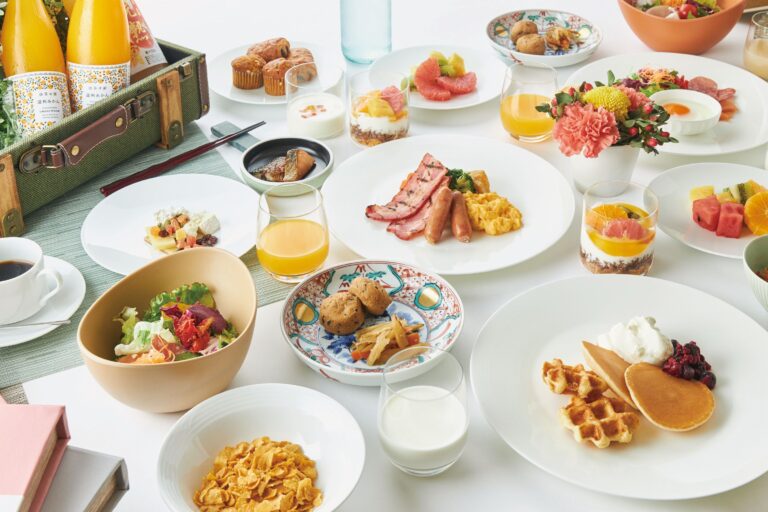- Japan’s leading egg producer Akita Foods is alleged to have bribed the Agriculture Minister so that the OIE (World Organization for Animal Health) standard for animal welfare allows for battery cages.
- Subsequently, Japan submitted an opinion to OIE that chickens do not need dust-bathing litter, nesting area, or perches, and that animal welfare can be achieved even with battery cages.
- As a result, OIE’s original proposal, which required litter, perches, and nest boxes, changed such that these installations are only “desirable” (moreover Japan is requesting that even “desirable” be omitted).
The news that a former representative of a major egg producer “Akita Foods” (Fukuyama City, Hiroshima Prefecture) handed cash to former Agriculture Minister Yoshikawa for the advantage of the poultry industry has become a hot topic.
What was Akita trying to do?
Looking at the news, the Akita side was
encouraging Mr. Yoshikawa, who was the Minister of Agriculture, Forestry and Fisheries at the time, to prevent the international standards for animal welfare (AW), which aims to raise livestock in comfortable conditions, from burdening Japanese poultry farmers, and was demanding compensation measures for the producers when egg prices fall.
Jiji Press. Former Minister of Agriculture, Forestry and Fisheries, cash from a major egg company, multiple times, Tokyo District Public Prosecutor’s Office investigates. 2020/12/02 07:11
We’d like to discuss each.
What is the international standard for animal welfare?
Since 2017, OIE (World Organization for Animal Health), which Japan is a member of, has been formulating the animal welfare standard for egg-laying chickens, “Animal Welfare and Laying Hen Production Systems,” and has been coordinating with each country. In addition to laying hens, OIE has set animal welfare standards for pigs and cattle. Unfortunately, every time Japan has submitted an opinion (comment) to OIE to lower the level of animal welfare.
The animal welfare standard for laying hens this time is no exception.
In Japan, regarding this animal welfare standard draft for hens by OIE, discussions are underway in the OIE Liaison Council. Representative Akita (at the time) also attended the 2018 and 2019 meetings as a temporary member. And he said: “Because of the raw-eating culture, it must be cages”, “In hot and humid Japan, it must be cages”, “Cage-free rearing increases deaths”, “In the case of cages, they play the role of perches by grasping the cages.” — supporting battery cages.
(It should be noted that there is no relationship between raw-eating and cages. It is known that salmonella contamination is higher with battery cages. Statements like high temperatures and humidity, cage-free increasing deaths, etc., are also simply the story of poor management methods.)
It’s not just the Akita corporation alone. In November 2018, the Japan Poultry Association, for which former representative Akita served as vice chairman and special advisor, also requested former Minister of Agriculture, Forestry and Fisheries Yoshikawa that the OIE animal welfare standard for hens do not become an OIE standard in which battery cages are denied *.
What happened as a result?
Japan submitted an opinion to OIE that chickens do not need litter for dust-bathing, nesting area (like nest boxes), or perches, and that animal welfare can be achieved even with battery cages.
In response to the negative comments submitted by the Japanese side, OIE’s original proposal, which required litter, perches, and nest boxes, changed to an expression that these installations are only “desirable”; moreover Japan is requesting that even “desirable” be omitted. (For comments submitted by Japan, see OIE Liaison Council website: 2019/1, 2020/1.)
What are battery cages that the poultry industry wants to protect?
Chickens living in battery cages with no sand areas, nest boxes, or perches (Video: Japan)
What are the compensation measures for producers at the time of chicken egg price decline?
This measure, to be precise, is the “Egg Producer Business Stability Measures Project“.
This project is divided into two pillars. One is the “Chicken Egg Price Difference Compensation Project”, which is a system to support egg producing companies by compensating for the price difference when the chicken egg price drops; the other is the “Mature Chicken Renewal / Vacancy Extension Project“, which is a system that pays subsidy when chickens are slaughtered and a long vacant period is set. The projects are carried out with national tax, but the main body of the project is the Japan Poultry Association, where former representative Akita served as vice chairman and special adviser.
According to media reports, the Akita side was actively working with politicians and the Ministry of Agriculture, Forestry and Fisheries regarding this project. And from 2020, major changes have been made, such as increasing the amount of subsidy for chicken slaughterers.
For the poultry farms, what used to be ¥270/bird slaughtered is now ¥310/bird. For poultry processing centers, what used to be ¥23 per slaughter is now ¥47. The “Mature Chicken Renewal / Vacancy Extension Project”, which was previously not supposed to be activated in January, can now be activated in January.
Tables below are from Japan Poultry Association 4th Term Egg Producer Business Stability Measures Project.
| Change area | Present | 2020 |
| Budget funding | Executed with single-year budgets. | Budget made into a fund. |
* In the case of a single-year budget, if there is a surplus, it had to be returned to the national treasury, but by making it a fund it can be carried over to the next year.
1.Chicken Egg Price Difference Compensation Project
| Change area | Present | 2020 |
| (1) Cancellation of the 100,000 bird standard | If the Mature Chicken Renewal / Vacancy Extension Project is activated, the price difference compensation is suspended for breeding producers of 100,000 or more chickens. | Even if the Mature Chicken Renewal / Vacancy Extension Project is activated, 90% of the difference between the monthly standard transaction price and the supplementary standard price will be compensated regardless of the management scale. (Up to the difference between the supplementary standard price and the stable standard price) |
| (2) Change of the producer burden ratio | Country : Producers = 1 : 3 | Country : Producers = 1 : 7 (See paragraph below) |
2. Mature Chicken Renewal / Vacancy Extension Project (Subsidy is paid according to the number killed)
| Change area | Present | 2020 |
| (1) Increase in the unit subsidy amount for breeding producers of less than 100,000 birds | ¥270 / bird | ¥310 / bird |
| (2) Increase in the unit subsidy amount for mature chicken processing plants | ¥23 / bird | ¥47 / bird |
| (3) Addition of new option to extend vacancy period | Vacancy period: 60-90 days only. The unit subsidy amount for 60-90 days is ¥210/bird. For small-scale producers with less than 100,000 birds, ¥270/bird. | In addition to the 60-90 day vacancy period, 91-120 day vacancy period added. The unit subsidy amount for 60-90 days is ¥210/bird. For small-scale producers with less than 100,000 birds, ¥310/bird. The unit subsidy price for 91-120 days is ¥420/bird. For small-scale producers with less than 100,000 birds, ¥620/bird. |
| (4) The Mature Chicken Renewal / Vacancy Extension Project can be activated in January in principle. | The Mature Chicken Renewal / Vacancy Extension Project to not be activated in January in principle. (Activation is possible with the approval of the production bureau director.) | In January, as in the other months, the Mature Chicken Renewal / Vacancy Extension Project will be activated in principle. (It is also possible not to activate it after approval of the production bureau director.) |
| (5) Reduction of chick reintroduction rate | 40% | 30% |
* Chick reintroduction is provided to confirm that one is willing to continue one’s business, in order to prevent misuse of this system.
3. Creation of a supply and demand outlook for chicken eggs
| Change area | Present | 2020 |
| Creation of a supply and demand outlook for chicken eggs | None | Supporting the creation of a new supply and demand outlook for chicken eggs. The burden rate is a fixed amount. |
Looking at the tables above, you can see that the changes are such that the Mature Chicken Renewal / Vacancy Extension Project is emphasized by increasing the producer burden ratio of the Chicken Egg Price Difference Compensation Project and expanding & increasing the subsidy for the Adult Chicken Renewal / Vacancy Extension Project that slaughter chickens. You may note that the burden ratio for the producers have increased. However, previously, large-scale poultry farms with over 100,000 chickens would not have been eligible for payment if the Mature Chicken Renewal / Vacancy Extension Project was activated, but this exception was removed so that, regardless of the scale, it will now be possible to receive compensation even if the Mature Chicken Renewal / Vacancy Extension Project is activated.
To put it plainly, the Mature Chicken Renewal / Vacancy Extension Project is a system that attempts to reduce the oversupply of eggs by killing chickens. You can see that chickens are treated like things from the fact that slaughter is called “renewal” in a violent system that disregards life.
It is estimated that the number of businesses using the Mature Chicken Renewal / Vacancy Extension Project will increase in the future by expanding and increasing the incentives for slaughtering. And as the number of hens slaughtered increases, slaughter at poultry processing plants will be backed up, and the number of chickens who will suffer from even longer holding periods will increase.
Chickens stuffed in cages and abandoned overnight without water or food at a spent chicken slaughterhouse (Video: Japan)
Is the poultry industry fine if just their interests are protected? Those who know the actual scene should understand much more than we do about the situations of the chickens. Why would they try to keep the chickens suffering by doing something behind in the dark when they could work with governments and lawmakers to improve animal welfare throughout the industry?
It’s not too late yet. We would like them to take this opportunity to renew the industry and take steps to move forward and keep up with the world’s animal welfare trends, rather than clinging to the status quo by being caught up in immediate profits.
* 2018/12/1 AW (animal welfare) standard suitable for the actual situation in Japan! Keimei Newspaper


